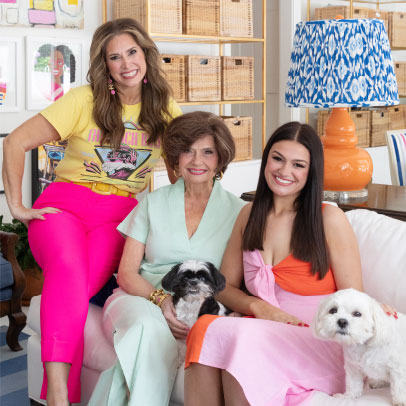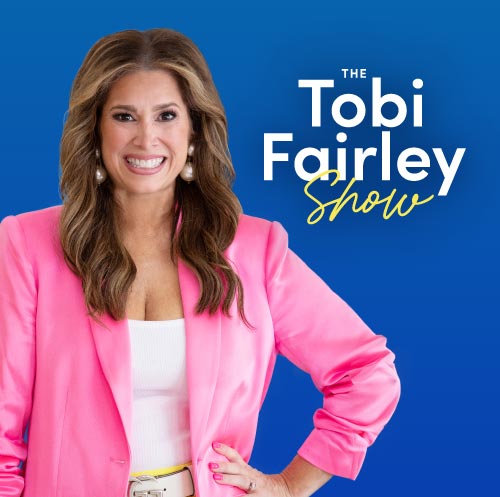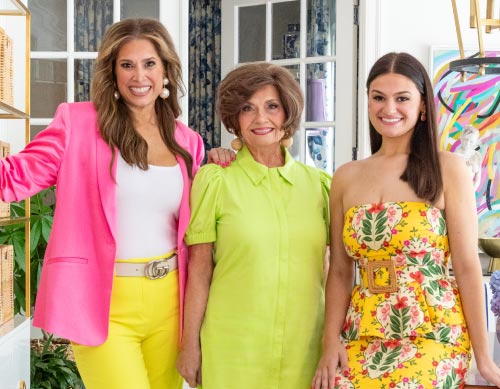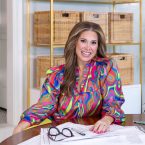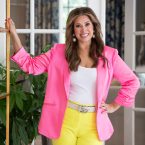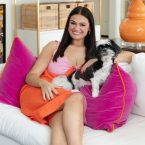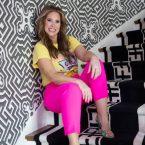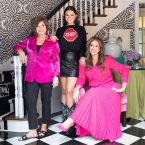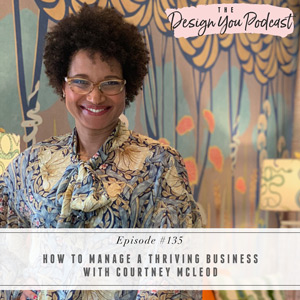
Is your business doing as well as it could be? Are you maximizing leads and opportunities and investing as much as you should be? If not, this week’s guest may be just the person to help you! Interior designer Courtney McLeod is here to share some tips and tools she used to get her business off the ground and turn it into a thriving, profitable business. You don’t have to be a designer to benefit from this episode, the tools will serve you no matter what business you’re in!
Courtney McLeod is the founder and principal designer at Right Meets Left Interior Design. After 15 years in real estate private equity, she knew it was time for a big change and decided to pursue her passion for decorative arts. She holds a degree from the prestigious Wharton School of Business at the University of Pennsylvania and is here today to share some tips she uses to maximize profits, keep on top of leads, and run a thriving business.
Join us on the podcast this week as we discuss the importance of measuring leads and why it’s imperative to spend money and invest in your business if you wish for it to grow. We explore the importance of staying organized and why the only thing keeping us from our dream businesses is ourselves. It’s time to get out of your own way and start thriving, friends!
If you want help in creating financial freedom and building a business that’s fun and thriving, get on over to the Design You Coaching Program! We only enroll a few times a year, so be sure to sign up for the waiting list ASAP to be notified when we next open our doors!
If you want to keep this conversation going, you have to join my free Design You Podcast community on Facebook. We have great conversations over there about the podcast episodes and our podcast guests are in there too! So head on over and I’ll see you there!

